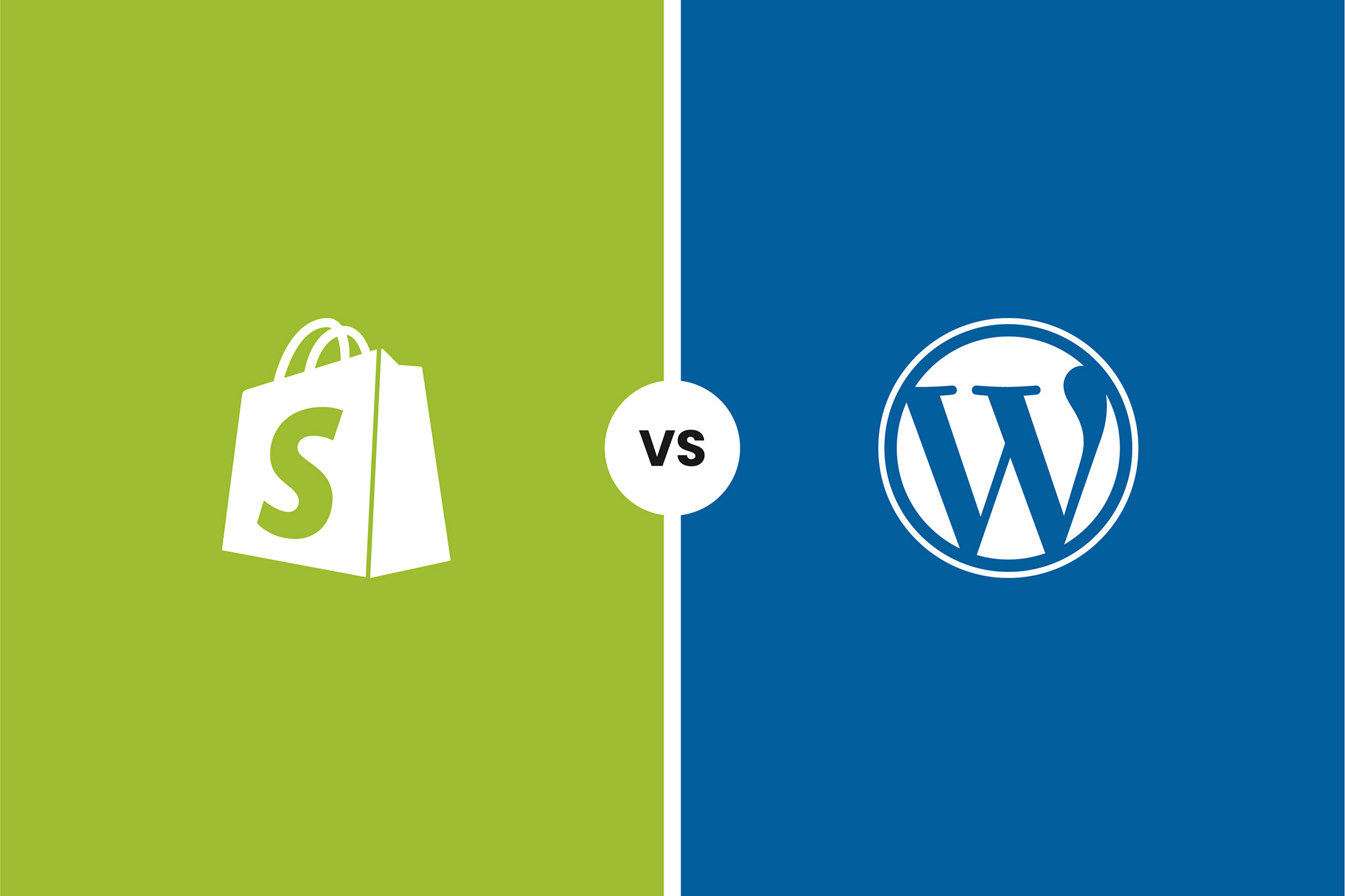Are you looking to take your business to the next level and drive more conversions? Look no further than a WordPress landing page. In the world of digital marketing, it serves as a powerful tool to capture leads, promote products or services, and increase your conversion rates. In this comprehensive guide, we’ll explore what a WordPress landing page is, why it’s essential for your business, and how to create an effective one that drives results.
What is a WordPress landing page?
A WordPress landing page is a standalone web page, separate from your main website, designed with a specific purpose in mind – to convert visitors into customers or leads. Unlike your homepage or other pages on your website, a landing page is strategically crafted to capture the attention of your target audience and guide them towards a desired action.
Think of it as a bridge between your marketing efforts and your audience’s needs. It’s the place where you fulfill promises made in your content and entice visitors to take the next step in their customer journey. Whether it’s signing up for a newsletter, downloading an ebook, or making a purchase, a well-designed page can make all the difference in turning visitors into loyal customers.
Why do you need a landing page?
1. Boost conversions
The primary goal of a WordPress landing page is to drive conversions. By focusing on a single call-to-action (CTA) and eliminating distractions, you create a focused and persuasive environment for your visitors. This laser-targeted approach increases the likelihood of visitors taking the desired action, whether it’s making a purchase, filling out a form, or subscribing to your newsletter. With a well-optimised design, you can significantly improve your conversion rates and see a positive impact on your bottom line.
2. Tailor your message
One of the key advantages of a landing page is the ability to tailor your message to a specific audience segment. By creating multiple pages targeted at different customer populations, you can address their unique pain points, desires, and motivations. This personalised approach allows you to connect with your audience on a deeper level, increasing the chances of them converting into customers. Whether you’re targeting different demographics, geographic locations, or customer interests, a WordPress landing page gives you the flexibility to deliver a customised message that resonates with your audience.
3. Measure success
With a landing page, you gain access to valuable data and insights that can help you measure and optimise your marketing efforts. By integrating analytics tools and tracking software, you can monitor key metrics such as conversion rates, click-through rates, and bounce rates. This data empowers you to identify areas for improvement, test different strategies, and make data-driven decisions to optimise your page performance. By continuously refining your page based on real-time data, you can maximise its effectiveness and drive even better results.
Types of WordPress landing pages
There are various types of landing pages that you can create, depending on your specific goals and objectives:
1. Lead generation landing page
A lead generation page is designed to capture valuable contact information from your visitors, such as email addresses, names, and phone numbers. These pages typically offer something of value in exchange for the visitor’s information, such as a free ebook, webinar registration, or exclusive content. The key here is to create a compelling offer that entices visitors to provide their details willingly. With a lead generation page, you can build your email list, nurture leads, and ultimately convert them into paying customers.
2. Click-through landing page
A click-through landing page acts as a bridge between an advertisement or promotional content and the final destination, such as a product page or checkout page. The goal of a click-through landing page is to guide visitors through the sales funnel and encourage them to take the desired action, whether it’s making a purchase or signing up for a service. These pages focus on providing additional information, showcasing product features, and addressing any objections or concerns that visitors may have. By pre-selling your products or services, a click-through landing page can significantly increase conversion rates.
3. Sales landing page
A sales page is specifically designed to drive direct sales. These pages are often used for product launches, special promotions, or limited-time offers. The key to a successful sales page is to create a sense of urgency and scarcity, compelling visitors to take immediate action. By highlighting the unique selling points, benefits, and testimonials, you can build trust and confidence in your product or service and convince visitors to make a purchase. A well-crafted sales page can be a powerful tool to drive revenue and generate a buzz around your offerings.
4. Coming soon landing page
A coming soon page is ideal for generating buzz and capturing leads before your product or website is fully launched. These pages create anticipation and excitement among your target audience, allowing them to sign up for updates, early access, or exclusive offers. By building a pre-launch email list, you can nurture leads, build brand awareness, and create a sense of community around your upcoming launch. A visually appealing and informative coming soon landing page can help you generate momentum and ensure a successful launch.
Essential elements of WordPress landing pages
To create an effective page that drives conversions, there are several key elements you should consider. Each element plays a crucial role in capturing your audience’s attention, engaging them, and compelling them to take the desired action. Here are some essential elements to include:
1. Attention-grabbing headline
Your headline is the first thing visitors see when they land on your page, so it needs to be attention-grabbing and compelling. It should clearly communicate the value proposition and capture the visitor’s interest, making them want to learn more. Use strong and persuasive language, incorporate relevant keywords, and highlight the key benefits or solutions your product or service offers. A well-crafted headline can make a significant impact on your landing page’s success.
2. Engaging and relevant content
The content on your landing page should be concise, engaging, and tailored to your target audience. Clearly communicate the unique selling points, benefits, and features of your offering. Use persuasive copywriting techniques to address your audience’s pain points and show them how your product or service can solve their problems. Keep the content scannable by using bullet points, subheadings, and short paragraphs. Use compelling language and storytelling techniques to create an emotional connection with your visitors.
3. Compelling call-to-action (CTA)
Your call-to-action (CTA) is the most critical element of your design. It’s the button or link that prompts visitors to take the desired action, whether it’s making a purchase, signing up for a newsletter, or downloading an ebook. Make sure your CTA stands out visually by using contrasting colours, bold typography, or eye-catching graphics. Use action-oriented language that clearly communicates what the visitor will get by clicking the CTA. Keep your CTA above the fold and repeat it throughout the page to reinforce the desired action.
4. Social proof
Adding social proof to your landing page can significantly increase trust and credibility. Include testimonials from satisfied customers, case studies, or reviews to showcase the positive experiences others have had with your product or service. Use real names, photos, and even video testimonials if possible to make the social proof more authentic and relatable. Highlight any awards, certifications, or industry recognition that your business has received. Social proof helps alleviate any doubts or concerns visitors may have and increases their confidence in making a decision.
5. Clear and concise forms
If your landing page includes a form to capture visitor information, make sure it’s clear, concise, and easy to fill out. Only ask for essential information that you need to follow up with leads. Keep the form fields to a minimum to reduce friction and increase conversions. Use clear instructions and visual cues to guide visitors through the form. Consider using form validation to ensure that the information entered is accurate. Test your form on different devices and browsers to ensure a seamless user experience.
6. Visuals and multimedia
Visual elements such as images, videos, and graphics can enhance the overall appeal of your landing page and make it more engaging. Use high-quality visuals that are relevant to your product or service and align with your brand identity. Include product images, screenshots, or videos that demonstrate the benefits or features of your offering. Use visuals strategically to break up text, highlight key points, and guide the visitor’s attention. Make sure your visuals are optimised for fast loading times and responsive across different devices.
7. Mobile optimisation
In today’s mobile-first world, it’s crucial to ensure that your WordPress landing page is fully optimised for mobile devices. Mobile users make up a significant portion of internet traffic, and if your design doesn’t provide a seamless mobile experience, you risk losing potential customers. Optimise your page for mobile by using responsive website design, ensuring fast loading times, and adapting the layout and content for smaller screens. Test your page on different mobile devices and screen sizes to ensure a smooth and user-friendly experience.
Tips for creating an effective landing page
Creating a high-converting WordPress landing page requires careful planning and execution. Here are some tips to help you maximise the effectiveness of your page:
1. Define your goals
Before creating your landing page, clearly define your goals and objectives. What specific action do you want visitors to take? Is it to make a purchase, sign up for a webinar, or download an ebook? Understanding your goals will help you design a landing page that aligns with your objectives and drives the desired action.
2. Know your target audience
To create a landing page that resonates with your audience, you need to understand their needs, pain points, and motivations. Conduct thorough market research, analyse customer data, and create buyer personas to gain insights into your target audience. Use this knowledge to tailor your messaging, design, and content to meet their specific needs and preferences.
3. Keep it simple and focused
A cluttered landing page with too much information can overwhelm visitors and distract them from taking the desired action. Keep your design clean, simple, and focused on the primary goal. Eliminate any unnecessary elements, links, or distractions that may lead visitors away from the conversion path. Use white space strategically to create a visually appealing and easy-to-navigate layout.
4. Test and optimise
Creating an effective WordPress landing page is an iterative process. Continuously test different elements, such as headlines, CTAs, form placements, and visuals, to identify what works best for your audience. A/B testing allows you to compare different variations of your page and make data-driven decisions to optimise its performance. Monitor key metrics and use analytics tools to gain insights and make informed adjustments.
5. Integrate with marketing tools
To maximise the effectiveness of your WordPress landing page, integrate it with your marketing tools and platforms. Connect your landing page to your email marketing software, CRM system, or marketing automation tools to capture and nurture leads effectively. Set up tracking and analytics tools to measure the performance of your page and gain valuable insights into visitor behavior.
6. Optimise for SEO
To drive organic traffic to your landing page, optimise it for search engines. Conduct keyword research to identify relevant keywords and incorporate them naturally into your content, headlines, and meta tags. Write descriptive and compelling meta descriptions that entice users to click on your page in search results. Ensure your page loads quickly, has clean code, and is mobile-friendly to improve its search engine rankings.
Conclusion
A WordPress landing page is a powerful tool that can significantly boost your business’s conversion rates and drive growth. By creating a focused, persuasive, and visually appealing design, you can capture leads, promote your offerings, and guide visitors towards the desired action. Remember to define your goals, know your target audience, and optimise your design for maximum effectiveness. Continuously test, measure, and refine your page to improve its performance and get the most out of your marketing efforts.
Ready to create a high-converting WordPress landing page for your business? Contact us today to learn more about our web design services and how we can help you succeed online.
Let's make a website!
Book a FREE video call to discuss your business, project strategy, and more!
"*" indicates required fields
More from Metal Potato
5 Essential WordPress Security Plugins
Boost your website's defense with top-rated WordPress security plugins. Ensure ultimate protection against cyber threats today!
The Power of a WordPress Support Retainer
Elevate your site's performance with a WordPress support retainer – expert maintenance, and guidance for success!
How to Launch a Podcast on WordPress
Launch your podcast on WordPress: from equipment selection to SEO optimisation, follow our guide for a successful podcast journey.
10 Compelling Reasons to Choose WordPress
Discover why WordPress is your ultimate website platform choice! Free, customisable, and supported by a thriving community.
6 Essential Tips for WordPress Website Owners
Boost WordPress site: backups, updates, style guides & more for top performance, security & user experience!
Migrate from Shopify to WooCommerce
Move from Shopify to WooCommerce effortlessly for control, flexibility & cost savings. Follow our step-by-step guide.






